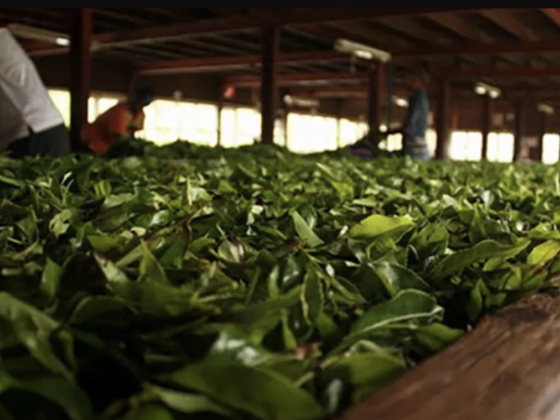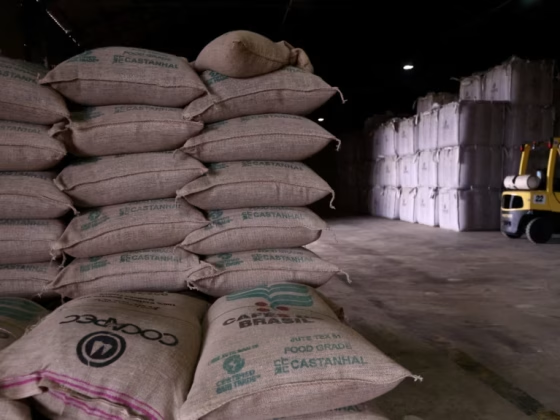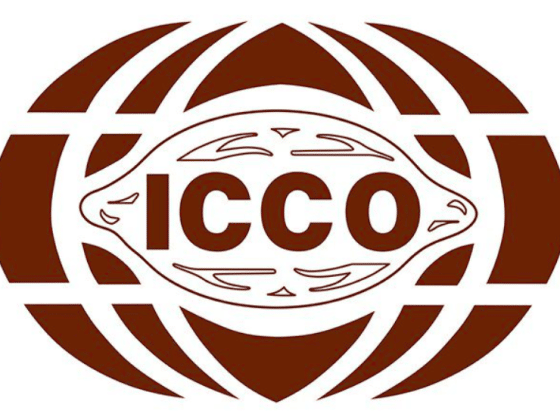Over the past decade, China’s voracious demand for commodities has generated a massive export boom in Latin America. Although these policies have added to the popularity of the region’s leaders — and brought economic benefits for their nations’ inhabitants — the surge contains the seeds of its own destruction.
The record inflows of foreign currency and direct investment in Latin America — generated by growing exports and the expansive monetary policies pursued by the U.S. — have created pressures that forced most countries in the region to revalue vis-a-vis the dollar. Such a move would hurt exporters, who have responded with calls for policies to prevent it.
They almost certainly will get their way. Latin American countries have a long-established economic model based on the export of primary goods from the agricultural and mining sectors. It began in the 1870s, when the region’s elites embraced an international division of labor: They provided raw materials, and advanced industrial nations engaged in manufacturing.
The Great Depression challenged the status quo. In Colombia, for example, the nation’s economy depended heavily on coffee exports, and its monetary policy followed the gold standard, which brought stability after years of chaos during the 19th century. As economic conditions worsened, Colombian coffee exporters joined in a federation created in 1927 — the Federacion Nacional de Cafeteros de Colombia — to protect their interests.
Immediate Devaluation
The federation called for an immediate devaluation of the currency to compensate for the losses stemming from the global crisis. This devaluation, however, wasn’t possible as long as Colombia adhered to the gold standard and the FNCC pushed the government to abandon the policy.
Although the government initially opposed the idea and tried to maintain the gold standard through costly exchange- control policies, the federation didn’t give up. In 1931, the government gave in, and in 1932, it devalued the Colombian peso.
The FNCC didn’t stop there. After the devaluation, it sought to create a symbiotic relationship with the state so that macroeconomic policies worked in its favor. In 1931, after a campaign led by the federation, the government established a financial institution to provide cheap loans to the coffee industry and subsidies for payments of existing loans.
The FNCC also achieved power in foreign policy. The Colombian government commission that lobbied in Washington to keep Colombian coffee imports tariff-free included members of the federation.
In addition, the government created a merchant fleet to transport coffee to foreign markets and was directly involved in the product’s promotion abroad. These policies were accompanied by minimal taxation for the coffee sector. After the 1930s, the FNCC had a strong voice at the Finance Ministry and at the central bank, and was able to exert influence on monetary and fiscal policies.
This led to what could be described as “export protectionism,” and what one historian described as a Catholic indissoluble marriage between the coffee industry and the Colombian state.
That union is alive and well. Although coffee exports are no longer as central to the Colombian economy as they were 80 years ago, the rising value of the Colombian peso has prompted coffee growers to flex their political muscle again.
In February and March, the coffee growers went on strike, and the government capitulated: President Juan Manuel Santos promised new subsidies to the industry. Meanwhile, the governor of the central bank, Jose Dario Uribe, said last week that the bank could step up dollar purchases as part of a drive to weaken the peso.
The Latin American export sector had triumphed again.
(Marcelo Bucheli is a professor of international business at the University of Illinois at Urbana-Champaign. Luis Felipe Saenz is a doctoral candidate at the University of Illinois at Urbana-Champaign. The opinions expressed are their own.)
Source: bloomberg.com/news/2013-03-22/colombia-s-coffee-producers-reprise-export-protectionism.html









